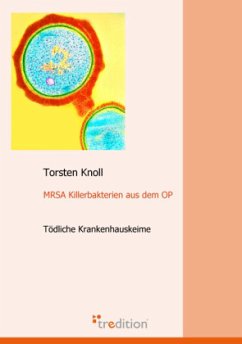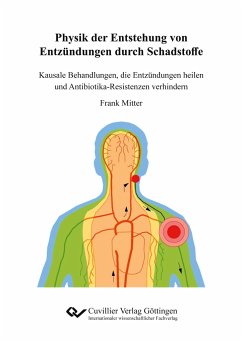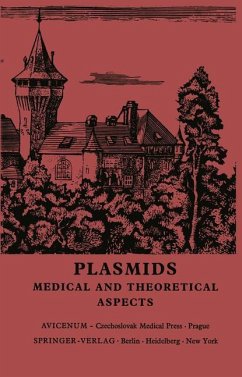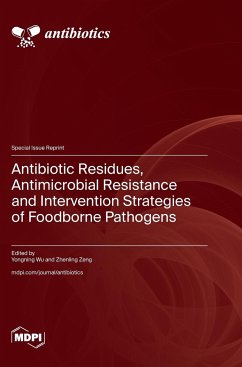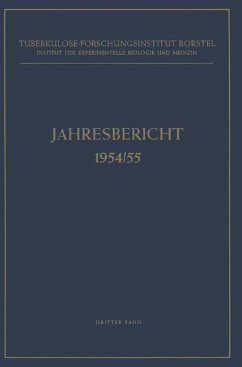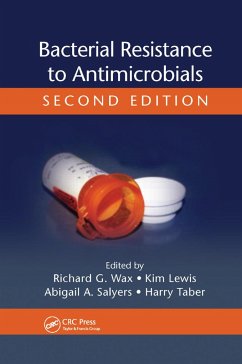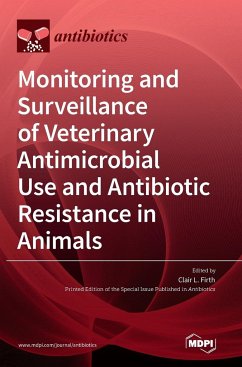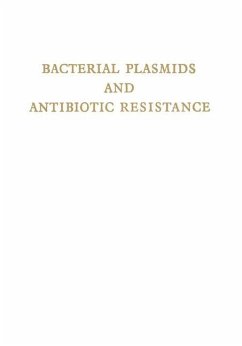
Bacterial Plasmids and Antibiotic Resistance
First International Symposium Infectious Antibiotic Resistance. Castle of Smolenice, Czechoslovakia 1971
Herausgegeben: Krcmery, V.; Rosival, L.; Watanabe, T.
Versandkostenfrei!
Versandfertig in 1-2 Wochen
39,99 €
inkl. MwSt.

PAYBACK Punkte
20 °P sammeln!
Antibiotics are one of the greatest benefits science ever gave to mankind and one of the few things that cannot be misused against the man. Thus, the starting point of all our efforts is highly humanistic, and is expressed by cordial athmosphere in which we all work and communicate on a wide international basis. All our efforts are aimed to preserve the antibiotics as effective tools in medical treat ment, and thus we must deal with antibiotic resistance. Owing to it many antibiotics are slowly retreating from the first line of the battle between the man and pathogens. But new drugs are coming...
Antibiotics are one of the greatest benefits science ever gave to mankind and one of the few things that cannot be misused against the man. Thus, the starting point of all our efforts is highly humanistic, and is expressed by cordial athmosphere in which we all work and communicate on a wide international basis. All our efforts are aimed to preserve the antibiotics as effective tools in medical treat ment, and thus we must deal with antibiotic resistance. Owing to it many antibiotics are slowly retreating from the first line of the battle between the man and pathogens. But new drugs are coming and we must check them very carefully to assure their efficiency as long as possible. In this process of inactivation of antibiotics, infectious resistance factors are today on the scene not only of clinicians, epidemiologists or hygienists, but equally, if not more, of geneticists and molecular-biologists. This is why we all were together in Smolenice to exchange our ideas and experience.



